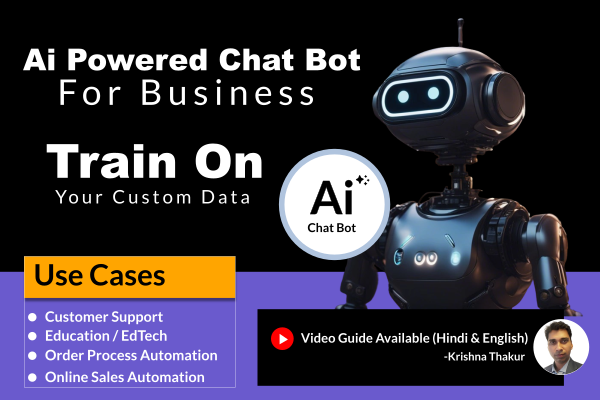Generative AI is a type of artificial intelligence that can create new things. It can be used to generate text, images, music, code, and other types of content. Generative AI models learn from existing data, and then use that knowledge to create new and original content.
Here is a simple analogy to help you understand generative AI:
Imagine you have a big box of Lego bricks. You can use these bricks to build anything you want, from a simple car to a complex spaceship.
Generative AI is like a big box of Lego bricks for data. It can be used to create anything you want, from a simple sentence to a complex image.
Generative AI models are trained on large datasets of existing data. For example, a text-generating AI model might be trained on a dataset of books and articles. Once the model is trained, it can be used to generate new text, such as poems, stories, or code.
Generative AI is still under development, but it has the potential to revolutionize many industries. For example, it could be used to create new products and services, improve existing ones, and automate many tasks that are currently done by humans.
Here are some examples of how generative AI is being used today:
- Creating new and innovative product designs
- Generating realistic synthetic data for training machine learning models
- Developing new medical treatments and diagnostic tools
- Producing personalized educational content
- Creating new forms of art and entertainment
Generative AI is a powerful tool with the potential to make a positive impact on many aspects of our lives. Here some industries which are using generative Ai.
- Content Creation:
- Marketing: Generating ad copy and content for social media.
- Journalism: Automatically generating news reports and articles.
- Art and Design:
- Graphic Design: Creating custom images and designs.
- Music: Composing original music or generating background tracks.
- Entertainment:
- Gaming: Creating in-game content, characters, and storylines.
- Film and Animation: Generating special effects and animating characters.
- Healthcare:
- Medical Imaging: Assisting in the analysis of medical images like X-rays and MRIs.
- Drug Discovery: Designing new drug compounds and predicting their effects.
- Customer Support:
- Chatbots: Providing instant customer support and answering queries.
- Email Responses: Drafting responses to customer emails.
- Finance:
- Trading: Predicting market trends and making trading decisions.
- Risk Assessment: Evaluating credit risk and fraud detection.
- Language Translation:
- Localization: Translating content for international audiences.
- Transcription: Converting spoken language into text.
- Education:
- Tutoring: Personalized learning support for students.
- Content Creation: Generating educational materials and quizzes.
- Manufacturing:
- Product Design: Assisting in the creation of new products.
- Quality Control: Identifying defects in manufacturing processes.
- Research and Development:
- Scientific Discovery: Assisting researchers in data analysis and hypothesis generation.
- Innovation: Inspiring new ideas and solutions in various fields.
Generative Ai is not a hype. It’s a reality. Generative AI is a type of artificial intelligence that can create new things beyond human imagination. Generating text, poem, story, article, email or book is a lower level of intelligence for Generative Ai.
- 1. It can also generate a new element by rearranging atoms.
- 2. It can also gnereate a new species by rearranging DNA sequence.
- 3. It can help in generating new chemicals and drugs.
possibilities are endless.



Leave a Reply
You must be logged in to post a comment.